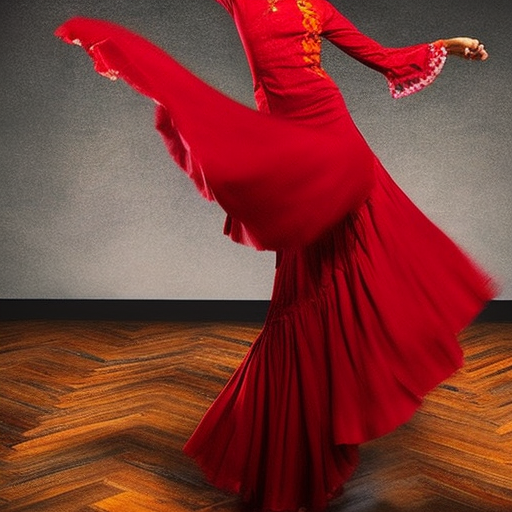Summary:
Flamenco is a passionate and expressive art form that originated in the Andalusian region of Spain. It encompasses music, dance, and singing, and is known for its intricate footwork, emotional intensity, and improvisation. Flamenco has deep historical and cultural roots, reflecting the diverse influences of the Romani people, Moorish culture, and Spanish traditions. Today, it continues to captivate audiences worldwide with its powerful performances and evocative storytelling.
Origins and Influences:
Flamenco has a rich and complex history that dates back several centuries. Its origins can be traced to the cultural fusion that occurred in Andalusia during the 15th and 16th centuries. The Romani people, commonly known as Gypsies, played a significant role in the development of Flamenco, bringing their own musical traditions and dance styles from India and the Middle East. The influence of Moorish culture, with its intricate rhythms and melodies, also shaped the art form.
Elements of Flamenco:
Flamenco is a multidimensional art form that combines various elements to create a captivating performance. The three main components of Flamenco are cante (song), baile (dance), and toque (guitar playing). Each element is characterized by its own unique techniques and styles. The cante is often accompanied by the guitar, and the lyrics of the songs convey a wide range of emotions, from joy and love to sorrow and longing. The baile is characterized by its passionate footwork, graceful arm movements, and intense facial expressions.
Styles and Forms:
Flamenco encompasses a wide range of styles and forms, each with its own distinct characteristics. Some of the most well-known styles include the seguiriyas, soleares, bulerías, and fandangos. Each style has its own rhythm, melody, and emotional tone, allowing performers to express a wide range of emotions and stories. Flamenco also allows for improvisation, with performers often adding their own personal touch and interpretation to the music and dance.
Costumes and Props:
Flamenco performances are often accompanied by elaborate costumes and props that enhance the visual impact of the art form. Female dancers typically wear colorful, ruffled dresses known as flamenco dresses or bata de cola, which accentuate their movements and add a sense of drama to the performance. Male dancers often wear tight-fitting pants and shirts, allowing for greater freedom of movement. Props such as fans, shawls, and castanets are also commonly used to add flair and rhythm to the dance.
Global Influence:
Over the years, Flamenco has gained popularity and recognition beyond its Spanish origins. It has become a global phenomenon, with enthusiasts and practitioners all over the world. Flamenco festivals and workshops are held in various countries, allowing people from different cultures to learn and appreciate this art form. Flamenco fusion, which combines Flamenco with other musical genres such as jazz, rock, and classical music, has also emerged as a popular trend, further expanding the reach and influence of Flamenco.
Conclusion:
Flamenco is a captivating and expressive art form that reflects the rich cultural heritage of Andalusia, Spain. Its origins can be traced back to the fusion of Romani, Moorish, and Spanish traditions, resulting in a unique and powerful art form. With its passionate music, intricate footwork, and emotional storytelling, Flamenco continues to captivate audiences worldwide. Whether performed in traditional styles or blended with other genres, Flamenco remains a vibrant and influential art form that celebrates the human spirit.












